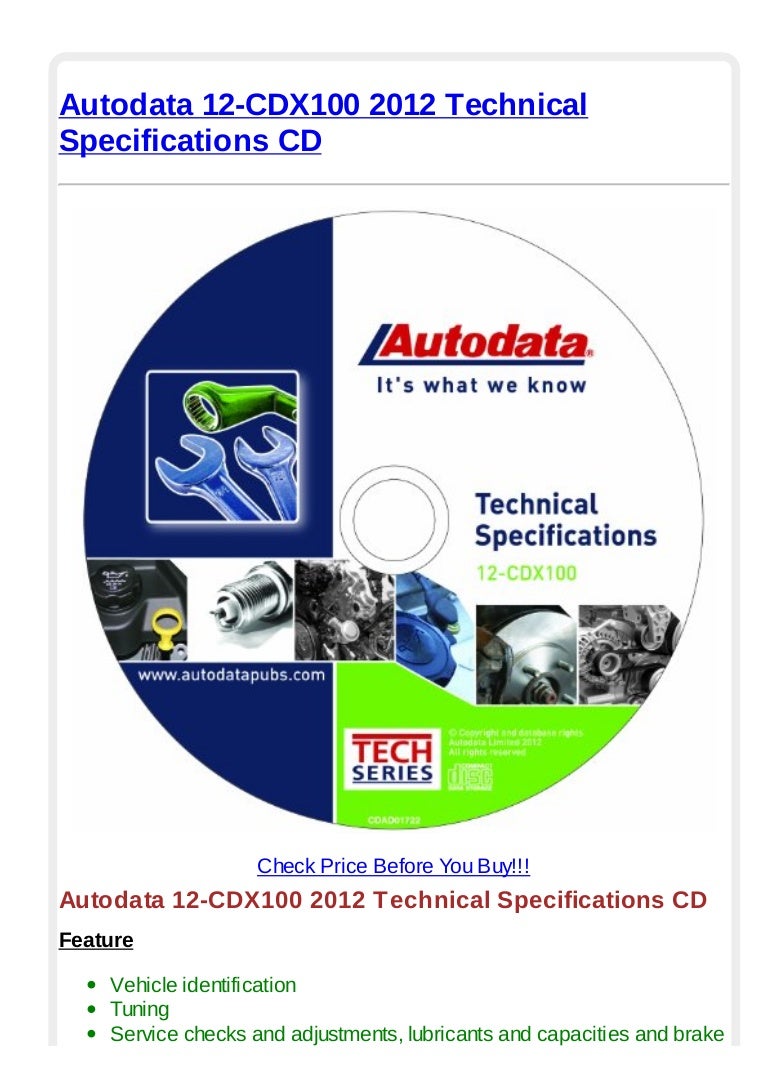


Want to know more about codes and their meanings? Here’s a more comprehensive OBD codes list.For analyzing different parameters of cars, AUTODATA 3.45 provides the most comprehensive environment which explains different complex components of the cars so the individuals can perform various rapairing tasks. The last two digits (19) define the problem i.e., an over-speed condition. The ‘ 0’ means that it’s a generic code while the ‘ 2’ refers to the fuel and air metering (injector circuit) system. The ‘ P’ means that the problem is in the powertrain.

For example, if you get the code P0219, it means that the car has an engine over-speed condition. As you can see a typical DTC has five characters in total, and each one of those characters gives it a description. This number defines the exact problem that you’re dealing with. The final piece of a DTC is a two-digit number. There are eight systems in total: 0 – Fuel and air metering and auxiliary emission controls 1 – Fuel and air metering 2 – Fuel and air metering (injector circuit) 3 – Ignition systems or misfires 4 – Auxiliary emission controls 5 – Vehicle speed control and idle control systems 6 – Computer and output circuit 7 – Transmission This number denotes the particular vehicle system that has a fault. 0 – If it’s a ‘0’ then the code is a standardized (SAE) code also known as generic code 1 – If it’s a ‘1’ then you’re looking at a manufacturer-specific code The first letter is usually followed by a number. It covers mechanical systems and functions like steering, suspension, and braking. These are parts mainly found in the passenger compartment area. These are functions that are managed and shared by onboard computer systems. It includes the engine, transmission and all the associated accessories. Let’s look at each letter, shall we? P – Powertrain.

All OBDII codes start with a letter that denotes the part of the vehicle that has a fault.


 0 kommentar(er)
0 kommentar(er)
